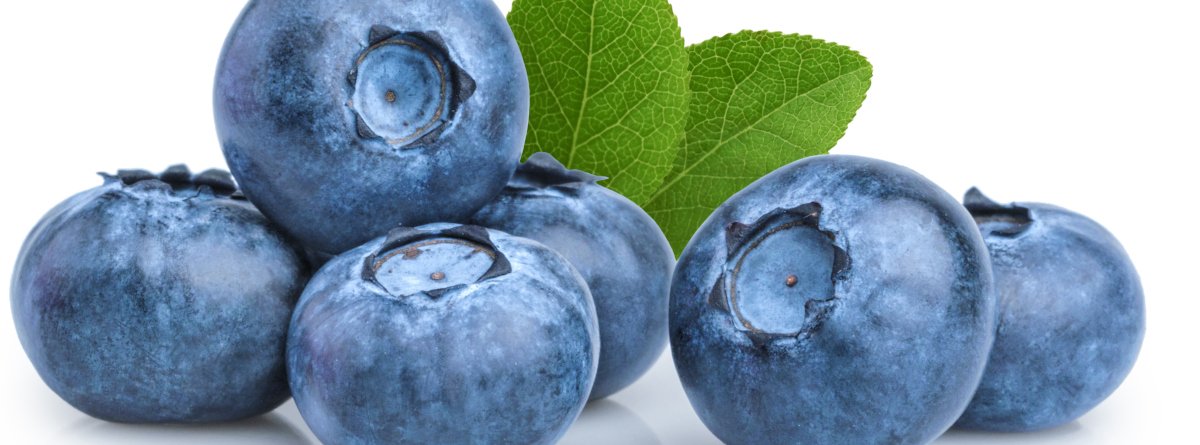
How to select
Choose blueberries that are round, firm, and dry. Fresh blueberries are a dusty blue color.
How to prepare
- Rinse berries in a colander and pat dry with a clean cloth or paper towel.
- Discard any shriveled or moldy berries.
- Blueberries can be eaten fresh or preserved by freezing, canning, or drying.
- If baking with frozen blueberries, don't thaw before using or the juice and color will bleed or leak out.
- Gently add berries to batter as the last step before baking.
How to store
- Only wash berries right before you plan to use them.
- Store in the refrigerator to keep fresh.
- Store unwashed berries in a container with a lid or with a paper towel above and below them to keep them fresher for up to one week.
- You can freeze ripe berries in an airtight container or bag if they won't be eaten within 2-3 days of purchasing for up to 9 months; be sure to wash them first and remove any damaged berries.
Peak season
Summer
Ways to use
- Add fresh or frozen blueberries to smoothies.
- Blueberries are a great addition for any muffin, pancake, and sweet bread recipe.
- Top yogurt with blueberries and granola.
Fun facts
- Blueberries are one of few foods that are naturally blue due to the presence of a pigment called anthocyanin.
- Blueberries have been eaten for more than 13,000 years.
- North American indigenous people referred to blueberries as "star fruits" due to the blossom's star shape.
Nutrition info and facts
Blueberries contain more disease-fighting antioxidants than most other fruit. Blueberries are a good source of vitamin C. Blueberries are high in soluble fiber, which lowers cholesterol.
1 cup blueberries = 80 calories, 1 g protein, < 1 g fat, 22 g carbohydrate, 4 g fiber, 15 g sugar
Learn more
Growing blueberries in the home garden (UMN Extension)
Sources
BC blueberries. Did you know? 10 Surprising facts about blueberries. May 4, 2017.
Have a Plant. Blueberries.
WebMD. Health benefits of blueberries. September 8, 2023.